Agricultural films play an important role in large-scale agricultural farming and livestock farming. They increase crop productivity, protect crops from environmental impacts and create favorable conditions for growth. Therefore, many customers and businesses are concerned about the origin of plastic materials used to produce agricultural films and the importance of choosing the type of plastic during the processing process. In this article, EuroPlas will answer those questions in detail. Check out the Top 5 types of plastic for agricultural films.
-d%E1%BA%BBo,-b%E1%BB%81n-v%C3%A0-ch%E1%BB%91ng-l%E1%BA%A1i-c%C3%A1c-y%E1%BA%BFu-t%E1%BB%91-m%C3%B4i-tr%C6%B0%E1%BB%9Dng..jpg)
1. Effects Of Agricultural Films On Life
Agricultural films are versatile materials and are widely used in the agricultural sector. It is a type of plastic film usually made from polyethylene (PE) that is flexible, durable and resistant to environmental factors. The film can be produced with different thicknesses and formulas, adjusted to meet the specific needs of different crops and growing conditions. They bring... effects to life, specifically as follows:
-
Water conservation: Agricultural film helps prevent the impact of UV rays and climate on the soil surface. This slows down the evaporation of water and helps them penetrate fully into the soil and crops.
-
Prevent harmful insects and bacteria: The basic effect of film in general and industrial film in particular is to prevent the maximum penetration of microorganisms or pathogenic bacteria onto the surface of the product. Agricultural film not only protects the soil but also the roots and seeds of crops. This minimizes pathogens and creates favorable conditions for crop growth.
-
Reduce the frequency of fertilizer use: Fertilizer will be added when the soil quality is too poor or negatively affects the growth of crops. In this case, agricultural film has preserved the soil surface relatively stable against the invasion of environmental conditions. Therefore, farmers do not need to use too much fertilizer. They not only help you save on fertilization costs but also balance the frequency of using appropriate nutrients for agricultural products.
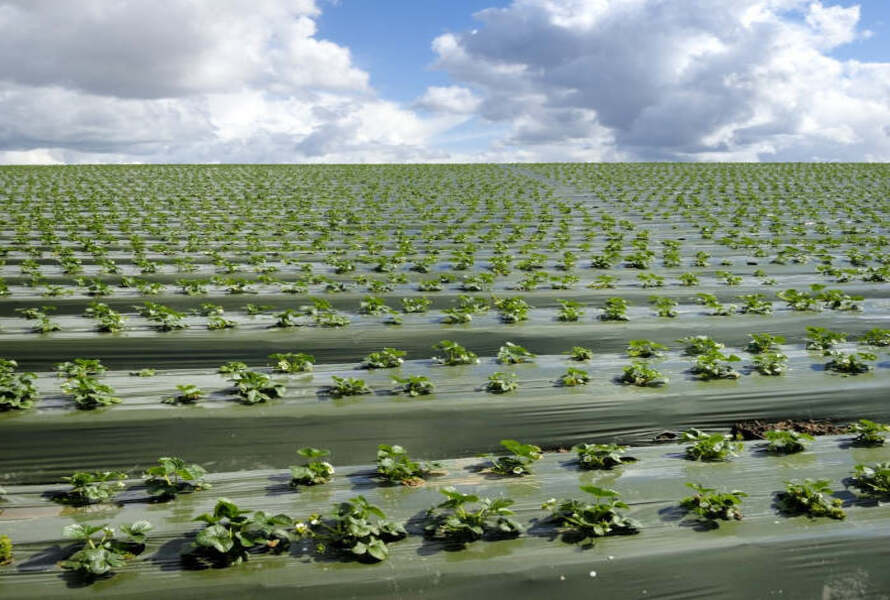
-
Environmental protection: As EuroPlas mentioned above, agricultural film effectively prevents pathogens and bacteria from the environment from entering the soil environment. Therefore, farmers will also limit the use of pesticides and chemical fertilizers to protect crops. From there, we can control the source of waste to the soil environment, contributing to environmental protection and creating quality agricultural products. This is the premise for farmers to bring green - clean products that are safe for consumers' health.
Agricultural film helps farmers save time and effort in taking care of their crops. From there, they can focus more on the process of formulating long-term agricultural development strategies and bringing sustainable economic efficiency.
Basically, agricultural film contributes to creating a source of quality agricultural products, avoiding waste or loss of crop varieties due to external impacts. In general, the agricultural film segment has low costs, diverse production processes and sources of plastic materials as well as bringing long-term economic benefits to gardeners. This is almost an indispensable product because agriculture has been and is shaping up to become the main strength of the Vietnamese economy in the international market.
Read more: Top 5 polymer additives for agricultural films
2. Five Types Of Plastic Suitable For Agricultural Film
Currently, agricultural film is produced from a variety of plastics to meet the diverse needs of costs and advantages in the market. EuroPlas will introduce to customers the top 5 types of plastic for agricultural film. Specifically as follows:
2.1. LDPE Plastic
In essence, LDPE plastic is very suitable for the production of agricultural products because it is colorless, tasteless, hard, flexible, lightweight and 100% recyclable after a long time of use. In addition, the burning temperature of LDPE plastic reaches about 110 degrees Celsius, so it can withstand heat and UV rays from sunlight for a long time.
Moreover, the chemical corrosion resistance of LDPE plastic is also highly appreciated, they can ensure the quality of agricultural land and prevent the invasion of harmful bacteria. In addition, LDPE plastic agricultural films will not be affected by chemicals from fertilizers, pesticides and have high durability.
LDPE plastic is more branched in molecular structure, and that is the reason for its low density / mass; Therefore, it is commonly used in applications where structural strength and stiffness are important requirements.
Read more: What is LDPE (Low density polyethylene)? Properties & applications
2.2. HDPE Plastic
HDPE plastic is processed from petroleum and has a molecular structure at a fairly high density. Therefore, the basic properties of HDPE plastic are its hardness, stable impact resistance and a certain thickness. In particular, when compared to conventional PE plastic in terms of tensile strength, HDPE plastic has a much greater advantage. This will be a perfect plus point when applied to the production of agricultural mulch films for large scale use.
Manufacturers evaluate the chemical molecular structure of HDPE plastic as quite special, because the ethylene groups are tightly linked together and form a long chain throughout the material. Therefore, HDPE plastic has good flexibility, they are resistant to the penetration of chemicals and environmental agents. These are very necessary advantages for agricultural mulch films. Thanks to its density ranging from 0.93 to 0.97g/cm3 and its less branched chemical structure, the tensile strength and elasticity of HDPE plastic is better than LDPE plastic (about 38MPa compared to 21 MPa).
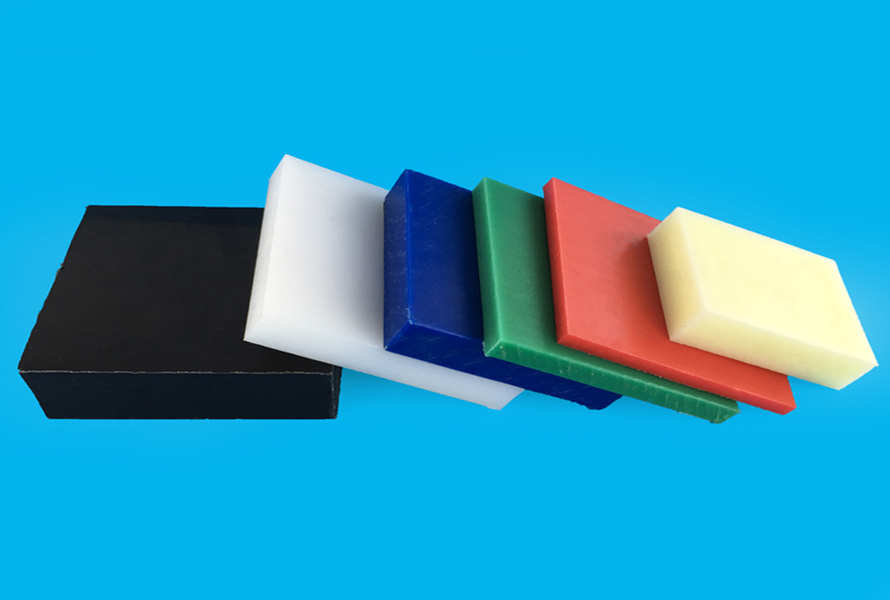
The lifespan of HDPE plastic ranges from 9 to 12 years combined with its resistance to chemicals and environmental factors, giving HDPE a longer life cycle than traditional plastics. In particular, like LDPE, HDPE plastic can be 100% recycled, making it very suitable for the agricultural sector. In addition to agricultural film, HDPE plastic is also used in many products such as: Plastic pallets, public trash cans, household appliances, etc. Finally, HDPE agricultural film is waterproof and unaffected by environmental humidity, helping to prevent soil and crops from becoming waterlogged.
Read more: HDPE (High density polyethylene) - What is it? Properties & common uses
2.3. EVA plastic
EVA is classified as a synthetic plastic with an elastic polymer structure. The molecular structure of EVA is a combination of ethylene and vinyl acetate compounds. In particular, the ratio of ethylene and vinyl acetate content can be adjusted to serve each specialized field. However, the ratio will be between 3 - 40%. In particular, the higher the ratio, the higher the elasticity and transparency. Meanwhile, the hardness and insulation capacity are higher if the Vinyl Acetate content is lower.
In addition, EVA plastic materials do not contain chlorine, so they can be 100% recycled, do not affect the environment and are applied in fields directly related to consumer health. Agricultural films will be exposed directly to sunlight for a long time, so the materials used to produce them must be UV resistant.
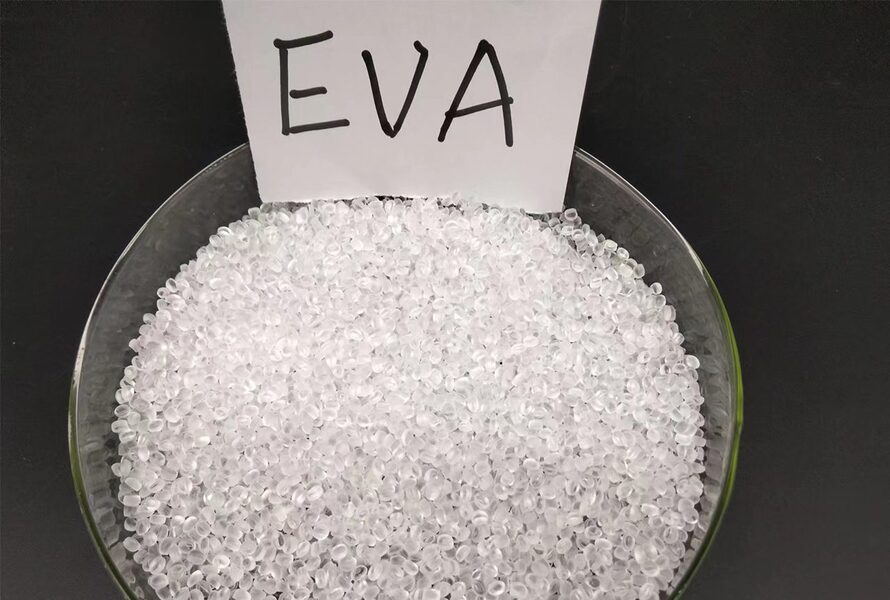
EVA plastic is not only UV resistant but also resistant to the effects of ozone. EVA resin is also compatible with other plastic materials and additives to enhance the properties of the final product. Similar to HDPE and LDPE, EVA agricultural film is not affected by humidity and is waterproof. The melting point of EVA is from 88 degrees Celsius to about 104 degrees Celsius.
Read more: What is Ethylene vinyl acetate (EVA)? Characteristics and applications
2.4. PP Plastic
This is one of the popular plastic materials and appears in many important fields such as: Medicine, agriculture, household appliances, fast-moving consumer goods, hotels and restaurants, food. PP plastic is highly appreciated for its heat resistance and chemical resistance, the temperature tolerance point of this type of plastic is estimated at about 160 degrees to 180 degrees Celsius.
The durability of PP plastic is also an advantage because the shrinkage coefficient is very low, only from 1 - 3% and the elastic modulus is about 1.5 - 2 GPa. Therefore, PP plastic agricultural film is still not affected in quality when stretched in 2 directions. The reason why PP plastic is suitable for the medical, food and agricultural fields is because of its waterproof and anti-oxidation properties. This further proves the safety of PP plastic for consumers' health and the environment.
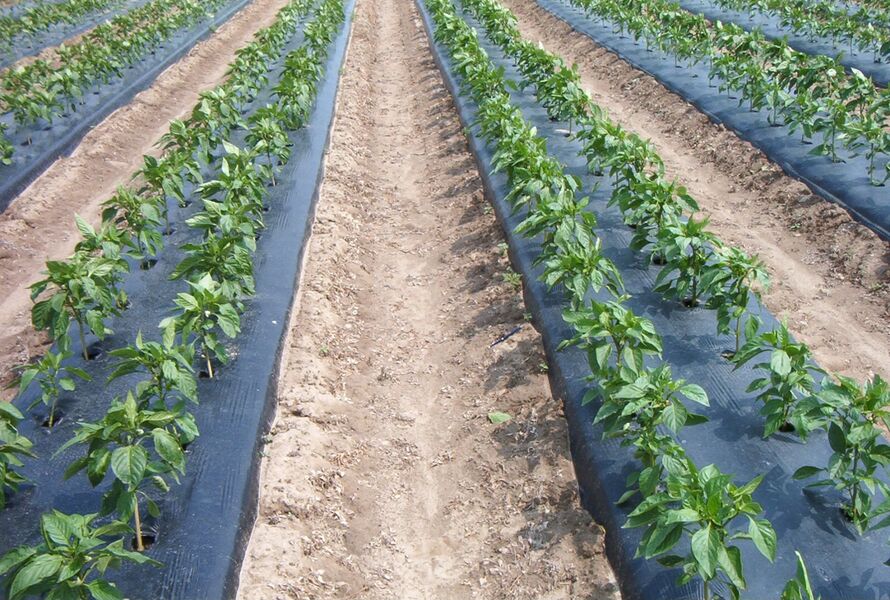
The surface of materials made from plastic number 5 PP will be smooth because the crystallinity in the chemical structure of this material is up to 70%. To produce agricultural films, manufacturers' requirements on quality are not enough, cost is also a factor affecting the success of large-scale production. PP plastic is completely confident in meeting this criterion because it is one of the national plastic materials with the cheapest price today.
Read more: PP Plastic: Everything you need to know
2.5. Bioplastics
In this context, most countries in the world are actively responding to the trend of reducing plastic waste and protecting the environment. Bioplastics were born to strongly promote that movement. Unlike the traditional plastics mentioned above, the raw materials used to produce bioplastics are mainly natural ingredients such as corn starch, tapioca starch, palm oil or potatoes.
Therefore, the most outstanding feature of this type of plastic is its ability to biodegrade in a short time. Bioplastics only need about 12 months to completely decompose and do not leave any impact on the natural environment.
Bioplastics are combined with standard plastic additives to enhance their properties. Similar to the 4 types of plastics above, bioplastics are completely qualified to resist ultraviolet rays and are not affected by erratic humidity and temperature changes in the environment. Bioplastics have a length elongation of 250 - 700%, helping them not to change shape or lose quality under great force.
The properties of bioplastics are quite diverse depending on the plastic base used. This type of plastic still ensures basic properties such as: Low melting point, high hardness & impact resistance, oxygen absorption prevention, water resistance and moisture resistance.
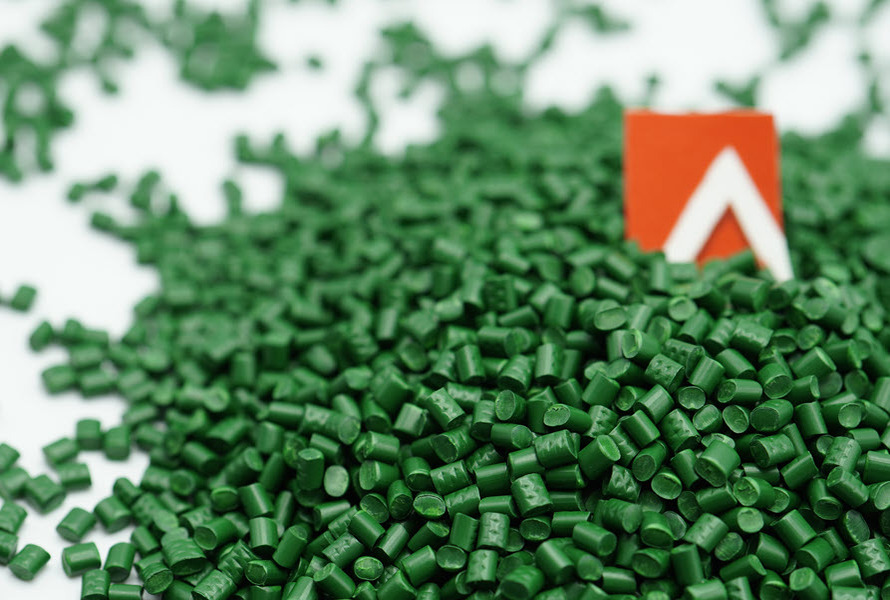
EuroPlas has introduced to customers the Top 5 popular plastics for agricultural film production. So is the choice of plastic important? Refer to the next section!
Read more: Bioplastic compound
3. Why Is It Necessary To Choose The Right Plastic For Agricultural Film
Standard plastics are a prerequisite for producing high-quality agricultural film. The choice of agricultural film depends on many factors such as: Growing conditions, finance and agricultural scale. A specific example is as follows: If you grow crops in an area with good soil quality and little sunlight, you should prioritize plastics that can absorb sunlight well.
On the contrary, if the area is often exposed to high temperatures from the environment and strong sunlight, then UV-resistant and heat-resistant agricultural film is the right choice. HDPE, LDPE or EVA agricultural film can be used. In case the soil environment is unstable with unsuitable environmental conditions, bioplastics with many outstanding features such as bioplastics will be the perfect choice.
EuroPlas also suggests to customers agricultural film with a smooth and shiny surface that will help minimize insect attacks. Besides, customers cannot ignore the cost factor. For small scale, agricultural film made from PE, PP, HDPE or LDPE plastic will be more suitable than bioplastics. Choosing the right type of plastic for agricultural film helps businesses save on product maintenance costs, increase crop productivity, harvest high-quality finished products and significantly improve revenue.
4. About EuroPlas
With 7 factories of tens of hectares in 6 provinces: Ha Nam, Yen Bai, Hai Phong, Nghe An, Long An and Ho Chi Minh City along with a modern production line system, EuP's annual capacity reaches approximately 0.8 million tons, ready to meet large orders from all over the world. EuroPlas provides a full range of plastics such as HDPE, LDPE, PP and bioplastics to serve the agricultural film manufacturing industry.
EuP owns modern equipment such as extruders, blowers, injection molding machines, ... along with a system of standard measuring machines such as thermal deformation testers, impact resistance testers, tensile strength testers, ... Thereby ensuring the highest quality products to customers.
5. Conclusion
EuroPlas has introduced to customers the Top 5 types of plastic used to produce agricultural films. Each type of plastic will have its own characteristics and properties. Agricultural film manufacturers must understand these characteristics to choose the right material for their products. Please continue to follow EuroPlas to update the latest news about the plastic market!